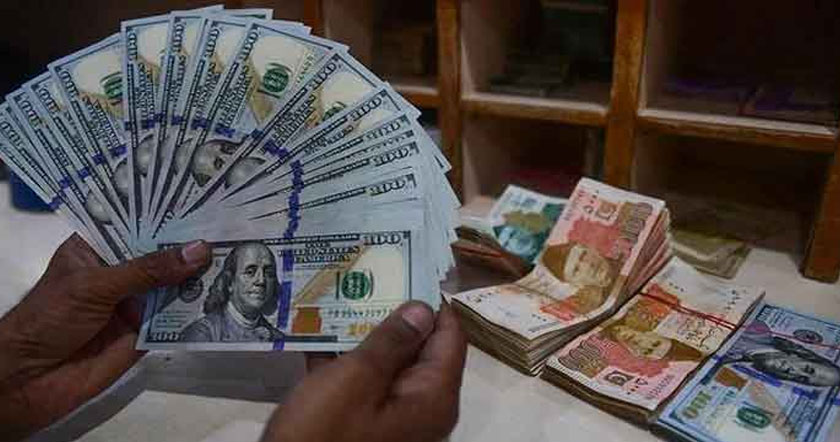Atif Ansar and Bent Flyvbjerg have a neat 2017 paper examining China's infrastructure investments. The first line of the brief explaining their work is an apt summary,
They have five salient takeaways,
Its consequences for the economy as a whole,
Their overall policy takeaway from the Chinese experience is that of a "model to avoid",
In another paper, Genia Kostka finds merit in delegating project execution,
Source: https://gulzar05.blogspot.com/2020/07/lessons-from-chinese-infrastructure.html?m=0
A typical Chinese infrastructure investment suffers a double whammy of cost overruns and benefit shortfalls so large that it destroys economic value.
They have five salient takeaways,
First, China is now the world’s biggest spender on fixed assets in absolute terms. The scale and speed of China’s investment boom are staggering. China spent $4.6 trillion in 2014, accounting for 24.8 percent of worldwide total investments and more than double the entire gross domestic product (GDP) of India. By way of comparison, China’s total domestic investment was merely 2.1 percent of the world total in 1982. Undoubtedly, China has been in the grips of the biggest investment boom in history for over 15 years.
Second, in line with global trends, in China actual infrastructure construction costs are on average 30.6 percent higher than estimated costs, in real terms, measured from the final business case. The evidence is overwhelming that costs are systematically biased toward underestimation.
Third, in terms of absolute construction time schedule overrun, China performs better than rich democracies. In democracies, politicians seem to have an incentive to over-promise and then under-deliver. China has built infrastructure at impressive speed in the past but, it appears, by trading off due consideration for quality, safety, social equity, and the environment.
Fourth, with respect to traffic performance, demand in China represents two extremes. A majority of the routes witness paltry traffic volumes but a few routes are highly congested. Too little and too much traffic of this magnitude both indicate significant misallocation of resources.
Fifth, 55 percent of the projects were economically unviable at the outset of their operational lives. Another 17 percent of the projects generated a lower-than-forecasted benefit-to-cost ratio. Any future risks, such as greater-than-expected operation and maintenance costs, can impair the future economic viability of these projects. Only 28 percent could be considered genuinely economically productive.
Its consequences for the economy as a whole,
The pattern of cost overruns and benefit shortfalls in China’s infrastructure investments is linked with China’s growing debt problem. Cost overruns have equaled approximately one-third of China’s $28.2 trillion debt pile. China’s debt-to-GDP ratio stands at over 280 percent, exceeding that of many advanced economies, such as the United States, and all developing economies for which data are available. Because many corporations and financial institutions in China are state owned, our revised calculation of China’s implicit government debt as a proportion of GDP suggests that China’s is the second-most indebted government in the world after Japan’s. Extraordinary monetary expansion has accompanied China’s piling debts: China’s money supply, broadly defined, grew by $12.9 trillion in 2007–2013, greater than the rest of the world combined. The result is increased financial and economic fragility.
Their overall policy takeaway from the Chinese experience is that of a "model to avoid",
First, China’s high-octane investment program in infrastructure is not a viable strategy for other developing countries such as Pakistan, Nigeria, or Brazil. Instead, China’s is a model to avoid. It is a myth that China grew thanks largely to heavy infrastructure investment. It grew due to bold economic liberalization and institutional reforms, and this growth is now threatened by overinvestment in low-grade infrastructure. The lesson for other markets is that policymakers should place their attention on software and orgware issues (deep institutional reforms) and exercise far greater caution in diverting scarce resources to large-scale physical infrastructure projects.
Second, less is more when it comes to infrastructure investments. Infrastructure supports economic development if the investments are productive. This big “if” is all too often ignored in policy debates, leading to the predicament in which China now finds itself. Our findings suggest that had China focused on about a third of its most productive investments it would have reaped lasting economic benefits without the debt overhang it is currently suffering.
Finally, incurring huge piles of debt to fund infrastructure is a destabilizing strategy. New-Keynesian arguments that see public debt in a benign light are misguided at the level of debt we see in China. Negative macroeconomic impacts include volatile movements in interest, exchange, and inflation rates; unpredictable movements in asset prices, such as house prices and listed public equities; adverse growth outcomes; rising unemployment from deleveraging; and lack of capital to finance productive investments. Several of these negative consequences were already materializing in China in 2016.
In another paper, Genia Kostka finds merit in delegating project execution,
One takeaway from the Chinese experience is that compared to the central government, local governments can be more effective in planning and delivering local infrastructure. For instance, in my research of 136 large infrastructure projects in China constructed between 1983 and 2015, I found that projects’ cost and time overruns were lower when provincial or municipal governments were in charge rather than the national government.
Source: https://gulzar05.blogspot.com/2020/07/lessons-from-chinese-infrastructure.html?m=0





























